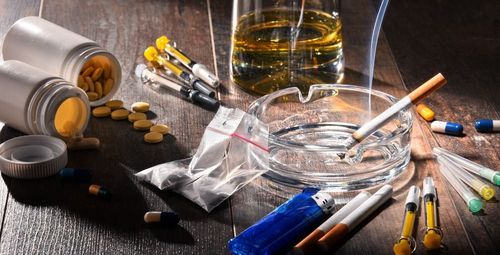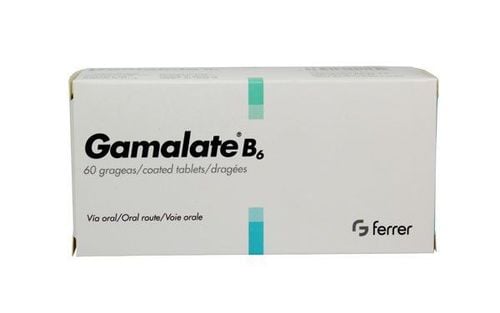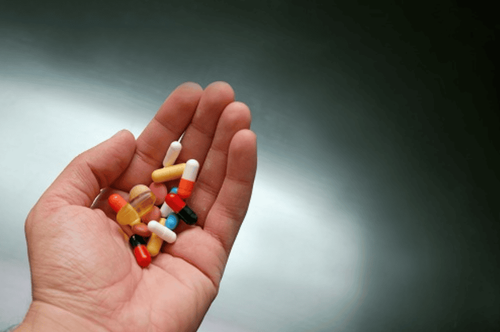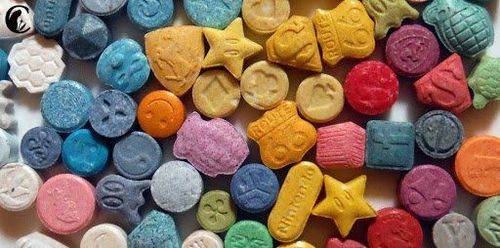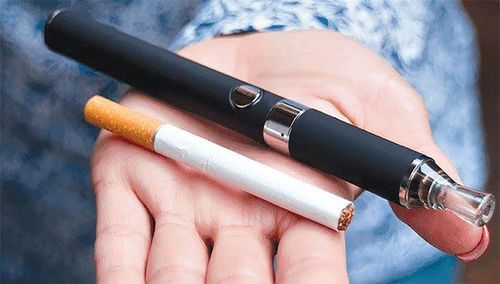This is an automatically translated article.
Drug interaction is the modification of the effect of one drug by another drug. This interaction can be beneficial or harmful, or has no discernible effect. Common psychotropic drug interactions include pharmacokinetic, pharmacokinetic, and pharmacodynamic interactions.
1. What are the dangers of psychotropic drugs?
Psychotropic drugs are drugs that contain stimulant or inhibitory substances that cause hallucinations. Repeated use of this drug can lead to addiction for the user.
Psychotropic drugs have certain effects, but this drug also has potential dangers to users. Specifically, some drugs make patients excited, happy, fall into a state of unconsciousness and more obedient, causing subjects to use psychotropic drugs to cheat and appropriate other people's property. .
Therefore, depending on each drug, each specific active ingredient, doctors use psychotropic drugs for different treatment purposes. The prescription of drugs must comply with the regulations on drug prescribing promulgated by the Ministry of Health.

Thuốc hướng thần là thuốc có chứa dược chất kích thích hoặc ức chế thần kinh gây nên tình trạng ảo giác.
2. Interactions of psychotropic drugs
Drug interaction is the modification of the effect of one drug by another drug. This interaction may be beneficial or harmful, or it may not have a marked effect. Clinical evaluation of interactions is essential, because of the multidrug combination in the treatment of chronic conditions. In the case of harmful drug interactions, it can cause many illnesses, or worse, death.
Psychotropic drug interactions typically include:
Pharmaceutical interactions; Pharmacodynamic interactions Pharmacokinetic interactions. 2.1. Pharmacological interactions
Pharmacological interactions occur when:
Mix drugs together outside the body before the user uses them. Mixing chemically incompatible drugs when infusion into the patient's veins. In this case, precipitation or loss of drug effect may occur. Pharmacological interactions are less likely to cause problems in clinical practice, and there are few adverse interactions of this kind with psychotropic drugs.
2.2. Pharmacodynamic interactions
Pharmacodynamic interactions are among the psychotropic drug interactions. This interaction occurs when drugs compete for the same receptor or produce antagonistic or synergistic effects on the same target organ or system.
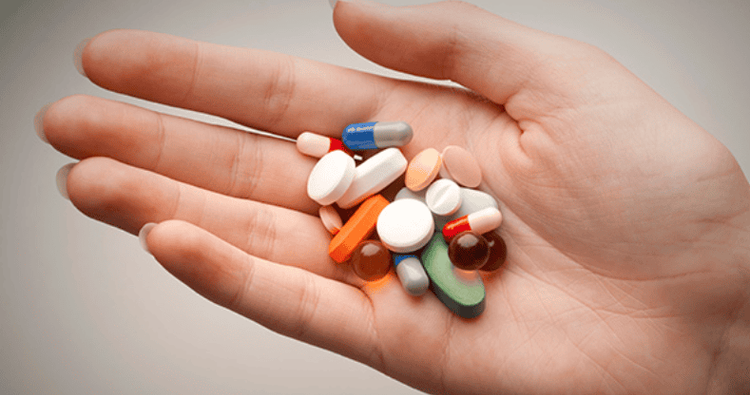
Người bệnh nên tuân thủ phác đồ điều trị của bác sĩ
2.3. Pharmacokinetic interactions A pharmacokinetic interaction occurs when:
Absorption: This interaction occurs because the binding of two drugs in the intestine prevents absorption of the drug. Some medicines may affect the absorption time of others. For example, when paracetamol is taken with metoclopramide, it will reduce the absorption time of this drug. Distribution: Protein Binding The most commonly accepted mechanism of interaction involving drug delivery is due to variation in protein binding. Many psychotropic drugs bind to plasma proteins, but it is the unbound fraction that is effective. Decreased protein binding increases the free fraction of the drug and thus enhances its action. Metabolism: Induction of enzymes involved in drug metabolism will reduce the concentration of drugs that are substrates of this enzyme, reducing their effectiveness. Excretion: Most clinically important drug interactions involve renal excretion. This type mainly interacts with lithium. Lithium is filtered by the kidneys and reabsorbed by the renal tubules at the same time as sodium. An increase in urinary sodium due to diuretics may promote a compensatory reabsorption of sodium by the proximal renal tubules. This increases plasma lithium concentrations to potentially toxic levels. P-glycoprotein: Another recently described mechanism of pharmacokinetic interactions involves a specialized membrane transporter protein called P-glycoprotein (P-gp). This mechanism is inconsistent with the previous classification of P-gp pharmacokinetic interactions involving both drug absorption, distribution, and excretion. Interactions involving drug-metabolizing enzymes: Lipophilic molecules cannot be eliminated immediately from the body and they are usually converted to hydrophilic substances for easier excretion. Cytochrome P450 enzymes: There are a total of 11 cytochrome P450 enzymes responsible for the metabolism of most pharmacological agents. Some enzymes important in the metabolism of psychotropic drugs are: CYP2D6, CYP3A4, CYP1A2,... These latter enzymes are responsible for the metabolism of more than 90% of psychotropic drugs that are bioconverted in the liver. Metabolism: Increased metabolism can lead to toxicity when a prodrug is prescribed because it is rapidly converted to a toxic active metabolite. Induction and Inhibition of CYP Enzymes: CYP enzymes can be induced or inhibited by other drugs or biological agents, altering their ability to metabolize drugs that are normally their substrates. Uridine diphosphate glucuronosyltransferases (UGT): UGT is a family of enzymes responsible for phase II linked metabolism (glucuronidation), usually followed by phase I oxidative metabolism by P450 enzymes. This type works very much like the P450 system. Each enzyme has its own inhibitors, inducers and substrates. In addition, UGT enzymes are also responsible for the metabolism of antidepressants, anxiety, psychosis, and mood regulation. P-glycoprotein: P-gly is one of the transporters, present in many tissues throughout the body, such as the intestinal wall, liver, kidney and endothelial small blood vessels in the brain; plays an important role in distribution, excretion, and absorption. P-gly reduces drug absorption by transporting the drug back to the intestinal lumen.
3. Consequences of drug interactions
For the central nervous system: The consequences of psychotropic drug interactions are to cause severe sedation; cause convulsions, loss of control of seizures; serotonin syndrome and neurotoxicity. For the cardiovascular system: Hypotension, hypertension, ventricular arrhythmias. For other serious effects: Psychotropic drug interactions may increase the risk of side effects such as: agranulocytosis with clozapine at its plasma concentration; reduce plasma concentration, reduce the effect of many antiviral, antibacterial, anticoagulant, immunosuppressive drugs; Lithium toxicity occurs when its plasma concentration is elevated due to decreased excretion when lithium is combined with diuretics.

Hệ tim mạch bị ảnh hưởng bởi tương tác thuốc hướng thần
Vinmec International General Hospital is one of the hospitals that not only ensures professional quality with a team of leading medical professionals, modern equipment and technology, but also stands out for its examination and consultation services. comprehensive and professional medical consultation and treatment; civilized, polite, safe and sterile medical examination and treatment space. Customers who choose to perform services here can be completely assured of the results. In addition, customers will be examined with a specialist to determine the risk of disease and have a scientific treatment direction.
Customers can directly go to Vinmec Health system nationwide to visit or contact the hotline here for support.
SEE MORE
Detecting narcotics through urine testing Test methods for drug detection Blood tests for drug detection




